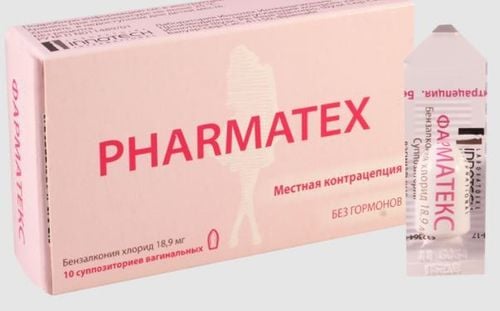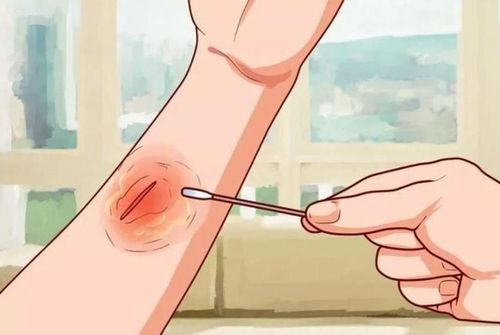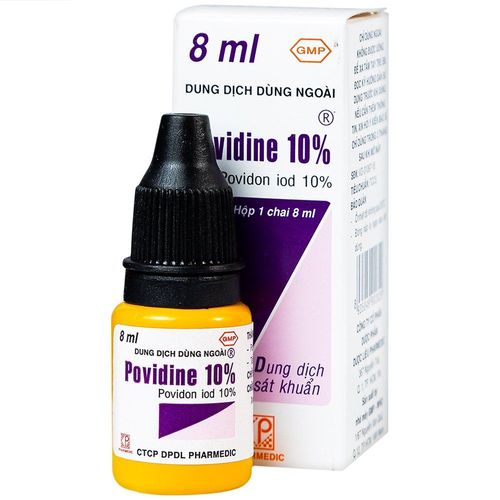This is an automatically translated article.
The article was written by Pharmacist Nguyen Van Thang - Faculty of Pharmacy - Vinmec Times City International General Hospital.
Skin antiseptics are chemical substances designed to be applied to intact skin up to the mouth of damaged areas for the purpose of preventing infection.
1. How should the wound be disinfected?
Topical antiseptics are often used to prevent infection in minor wounds and should only be used after the wound has been cleaned.
For wounds where the skin is intact (eg, only local swelling), after washing, it is possible to simply use topical anesthetics to relieve local pain, no need to use disinfectants.
Some wounds or burns are more severe and need to see a doctor, do not self-treat at home, for example:
Wounds : Wounds that do not stop bleeding after 5 minutes despite direct pressure Wounds caused by Animal or human bite Wounds that are recent and deep Wounds that don't heal, or wounds that have been pierced by sharp objects Wounds that need stitches Wounds that show signs of infection (odor or pus) Wounds in people with low immunity (immunocompromised), diabetes Any other unusual conditions Burns : Affects 2% or more of the body surface Burns in the eyes, ears, face, hands, feet, perineum Burns in people with diabetes or many diseases, the elderly, poor resistance (immunodeficiency) Burns caused by electricity or caused Inhalation Chemical burns
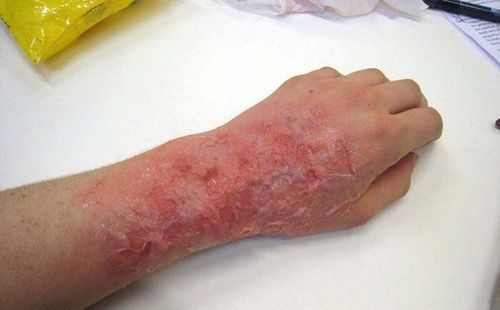
2. Some antiseptics on the skin and note when using
An ideal antiseptic is one that kills all bacteria but does not damage tissue. However, even at therapeutic concentrations, antiseptics can cause tissue damage.
For example, alcohol-containing preparations can dehydrate the affected area, causing pain and cell damage. Therefore, antiseptics should only be used to disinfect intact skin around the wound after cleaning the wound, not inside the wound.
Some commonly used antiseptics:
Hydrogen peroxide 3% is a widely used and popular skin antiseptic. When hydrogen peroxide comes into contact with the skin, it causes the release of nascent oxygen, causing cavitation and mechanical cleaning of the wound. Therefore, hydrogen peroxide is suitable for places where air can be vented, should not be used in areas of abscess, and should not be bandaged before the air is clear. The disadvantage of hydrogen peroxide is that the antiseptic effect of hydrogen peroxide is weak and relatively short (because it is only maintained during the time the new oxygen is released).
When using hydrogen peroxide, be careful not to shake the vial. When opening, keep the vial away from your face to avoid splashing on your face. Wash the skin before applying hydrogen peroxide. The wound can be bandaged after the solution has dried. Concentrations >3% may cause irritation and must be diluted prior to use. Do not apply to private areas or small to closed cavities of the body because oxygen is released but cannot escape, which can cause dangerous complications such as embolism.
Alcohol (ethanol) Alcohol (ethanol) has a good bactericidal effect at a concentration of 20 - 70%. Alcohol is effective against many types of bacteria, including tuberculosis, some fungi and enveloped viruses, and is less effective on spores and non-enveloped viruses. The bactericidal effect of alcohol involves destruction of cell membranes, denaturation of microbial proteins.
Care must be taken when using alcohol on intact skin around the lesion site because when alcohol comes into contact with the wound cavity it will cause tissue irritation. Alcohol-based preparations can be used 1-3 times a day and the wound can be bandaged after the washed area has dried.
Iodine-containing preparations There are two main forms of iodine-containing preparations: iodine solution and povidone iodide. Iodine-containing preparations can also be used to disinfect wounds. Iodine has the effect of killing bacteria (including gram-positive and gram-negative), fungi, viruses and protozoa with the mechanism of attack on proteins, nucleotides, important fatty acids, causing cell death.
When using topical iodine-containing preparations to wash wounds, iodine can be absorbed throughout the body. The extent of iodine absorption depends on the concentration used, the frequency of use as well as the location of use. Iodine solution, povidone ioid should be used with caution in patients with burns, kidney failure or thyroid disease.
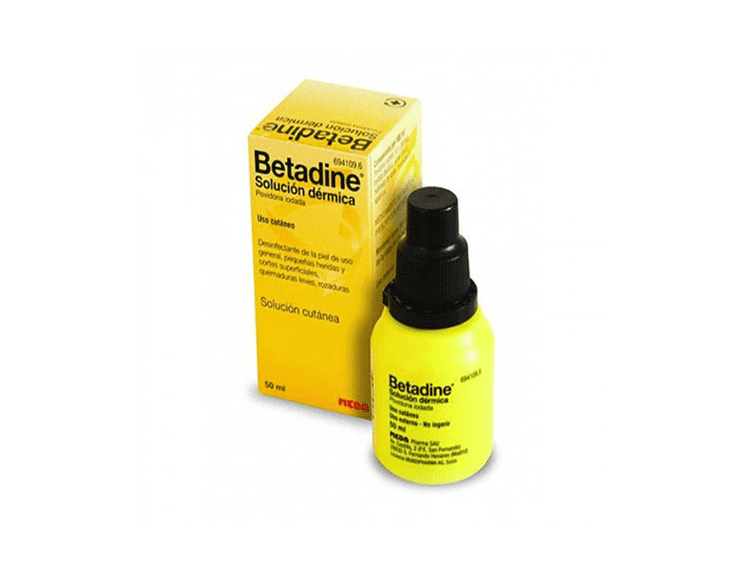
Iodine solution: is a mixture of iodine and potassium iodide. In some preparations, there may be alcohol (so-called iodized tincture). This type of preparation is often more painful and irritating to the skin than povidone - iodine. In general, wound dressings are generally not recommended after disinfecting with an iodine solution to avoid tissue irritation. Iodine solutions on the skin can irritate tissues, and may cause allergic-type irritation in some people.
Povidon - iodine: is a water-soluble complex of iodine with povidone. Povidone - iodine release iodine slowly, less effective than preparations containing free iodine, but less irritating to the skin and mucous membranes.
Silver-containing preparations:
Silver-containing preparations, such as silver sulfadiazine, are also used to disinfect the skin. The antiseptic mechanism is thought to involve the action of silver ions attached to the DNA helix and preventing replication and replication.
The drug is usually applied 1-2 times a day, avoid getting the medicine into the eyes. The drug should not be used in pregnant women near the due date, in nursing mothers or in children under 2 months of age.
Chlorhexidine:
Preparations containing chlorhexidine are also widely used to disinfect the skin due to their good bactericidal effect, low toxicity, good adhesion to the skin and mucous membranes. Chlorhexidine works by destroying both the inner and outer membranes of bacteria, affecting the membrane potential - an important factor in the generation of ATP, the precipitation of cellular components. The effect on spores is temperature dependent. Although numerous studies have shown that chlorhexidine is not absorbed through the skin and is less irritating, splashes should be avoided in the eyes, ears, or meninges (avoid lumbar puncture sites).
In the process of using topical antiseptics, you need to be aware of the signs when the wound is infected, because topical antiseptics do not treat infected wounds. These signs include: swelling, heat, redness, pain at the wound. In addition, the wound may drain and you may have a fever. When you have these signs, you need to see a doctor for timely treatment.
Please dial HOTLINE for more information or register for an appointment HERE. Download MyVinmec app to make appointments faster and to manage your bookings easily.





